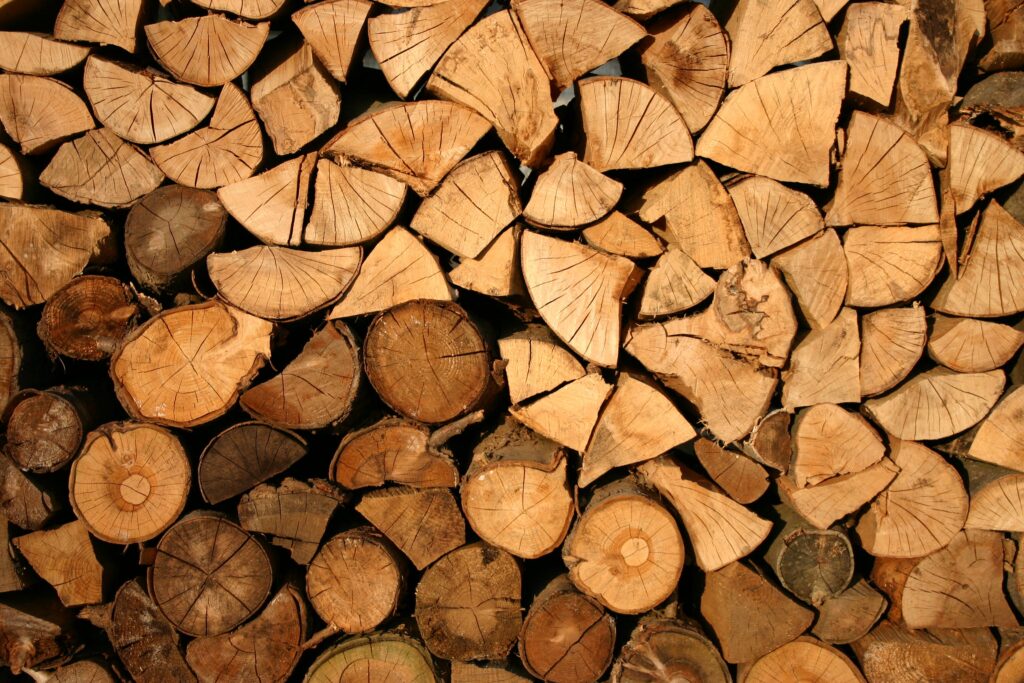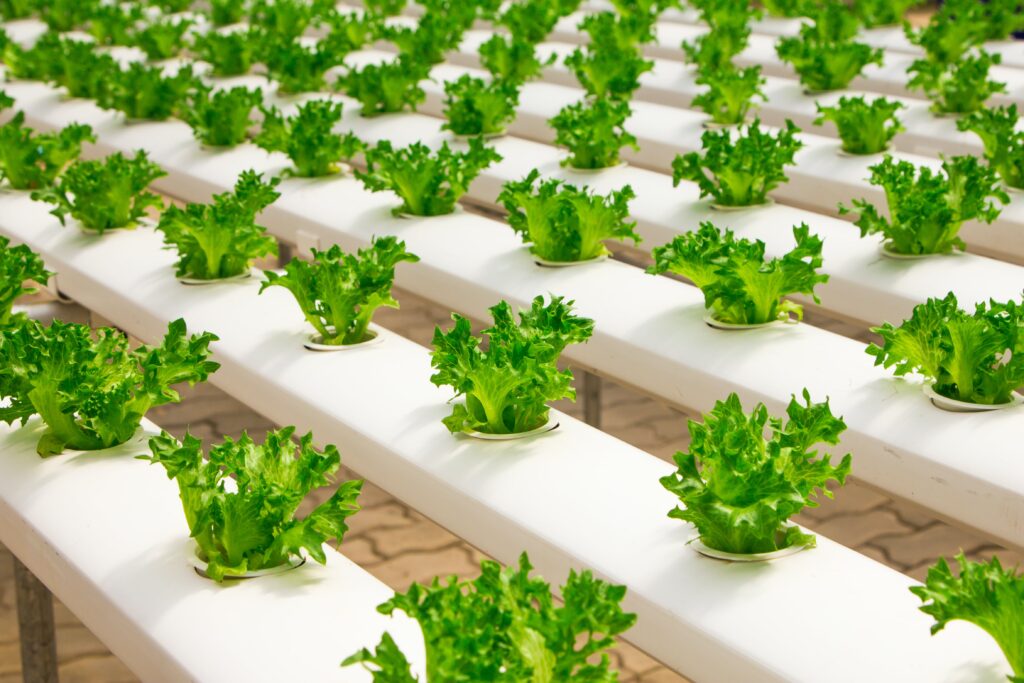Wood is a timeless medium for craftsmanship and building, its essence woven into the very fabric of human ingenuity. Beyond its practical uses, wood’s appeal is derived from its granular structure and texture, which are scientific details that make every piece a one-of-a-kind work of art. In this investigation, we go deep within wood to reveal the intricate scientific workings that lie beneath its surface.

The Dance of Wood Texture: A Ballet of Fibers and Cells:
Wood texture is the visual and tactile poetry carved into its surface, similar to the fine brushstrokes of an artist. It is evidence of the complex dance between the wood fibres and cells that makes up this marvel of nature.
Grains, Rings, and Knots: The Visual Overture:
The story of the wood canvas commences with the natural brushstrokes known as grains. These grains, which are the outcome of fibre arrangement, spin tales of tenacity and fortitude. The variety of grain patterns, whether straight, spiral, interlocked, or wavy, tells a tale of the tree’s development and the difficulties it faced in its environment.
Texture depth is enhanced by growth rings, which symbolize the rings of time preserved in a tree’s autobiography. The seasonal subtleties of the wood’s journey are unveiled by each ring, which stands for a year of growth. The irregularities known as knots and burls, which punctuate the narrative, provide a distinct visual texture akin to characters in a story who add depth and intrigue.

The Cellular Ballet: Tracing Wood's Inner Choreography:
The grand stage of the cellular makeup of wood is located beneath the surface. The actors in this biological ballet are trophies and vessels, which perform the essential function of transporting nutrients and water. The underlying choreography, or the configuration and dimensions of these cells, determines the mechanical and functional characteristics of the wood.
The radial structures that emanate from the core, known as medullary rays, produce a visual dance that gives the wood’s appearance a hint of elegance. These rays, which are frequently disregarded, add to the distinctive fingerprint of the wood and provide insight into the complex inner workings of this marvel of organic design.
The Marvel of Granular Structure: Rings, Cells, and the Seasons of Growth:
Granular structure is a tribute to time and growth rhythm; it is the scientific explanation of wood’s annual rings. Over time, there is a consistent pattern in the size and density of the cells.
Cellular Sonnets: Decoding the Annual Rings:
The seasonal variations in cell size and density result in annual rings, which represent the poetic verses of the life story of wood. When a tree trunk is cut crosswise, the rings show the seasonal dynamics—the dance between growth and dormancy.
Every ring is a chapter in the life story of the wood, representing the various environmental challenges the tree faced in that particular year. The cell density, which is impacted by variables such as moisture and temperature, leaves a physical trace of the struggles and victories the tree has faced.

The Art and Science Interplay: Aesthetic Appeal and Functional Superiority:
The question of why wood texture and granular structure matter becomes apparent as we delve into their scientific details. The convergence of aesthetics and functionality at the crossroads of science and art holds the key to the solution.
Wood texture acts as a palette for artisans and craftsmen. Its consistent granular structure and fine texture beg to be veneered, turned, or carved, providing a blank canvas for creative expression. However, in the structural narrative of construction, coarse texture and irregular granular structure—signatures of strength and durability—have a place.
Conclusion:
The mechanical properties of wood are determined by its granular structure, which goes beyond its aesthetic appeal. Wood’s versatility in a range of applications is defined by its strength, resilience, and hardness, which act as an orchestra under the direction of an invisible conductor.
In summary, the essence of this organic dance can be revealed by deciphering the wood texture and granular structure. These are the scientific melodies that flow beneath the artist’s fingers and the subliminal poetry that narrates the story of a tree’s epoch. Let’s not only admire the beauty of wood, but also the complex dance of fibres and cells that transform it from a simple material into a living, breathing piece of art.
watch more images here!!
Read more of my writings here!!



